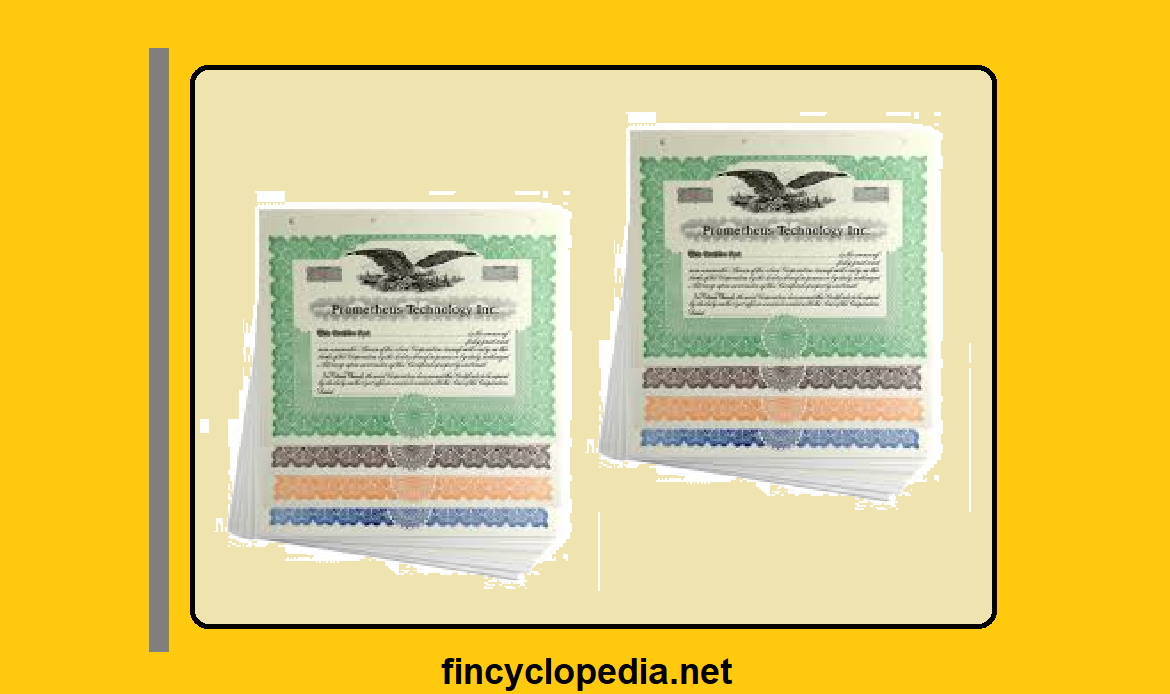The interest rate that would exist on a riskless asset/ investment/ security, given that expected inflation is zero. Such a rate doesn’t exist in real life, and the nearest estimation is the interest rate on short term securities issued by credit-worthy governments in an inflation-free setting. In real world, the real risk-free rate is said to range between 1% and 5%, or more depending on the risk magnitude in the broader environment.
As a theoretical rate of return paid or received on risk-free assets, it represents the minimum return required in the market, assuming a zero risk setting. The rate reflects the yield to maturity (YTM) on default-free government securities of equivalent maturity to those of the projected cash flows.
This rate of interest is used as a benchmark in financial transactions (where it only considers economic factors, but not default risk). Risk-free interest rates vary, depending on context and market setting, and are considered more stable and less susceptible to manipulation (rate rigging) than interbank offered rates (IBORs), such as LIBOR.
Examples of risk-free interest rates (RFRs) include the secured overnight financing rate (SOFR) (published by the Federal Reserve Bank of New York), the sterling overnight index average (SONIA) (published by the Bank of England), and the Tokyo overnight average rate (TONA), (published by the Bank of Japan).






